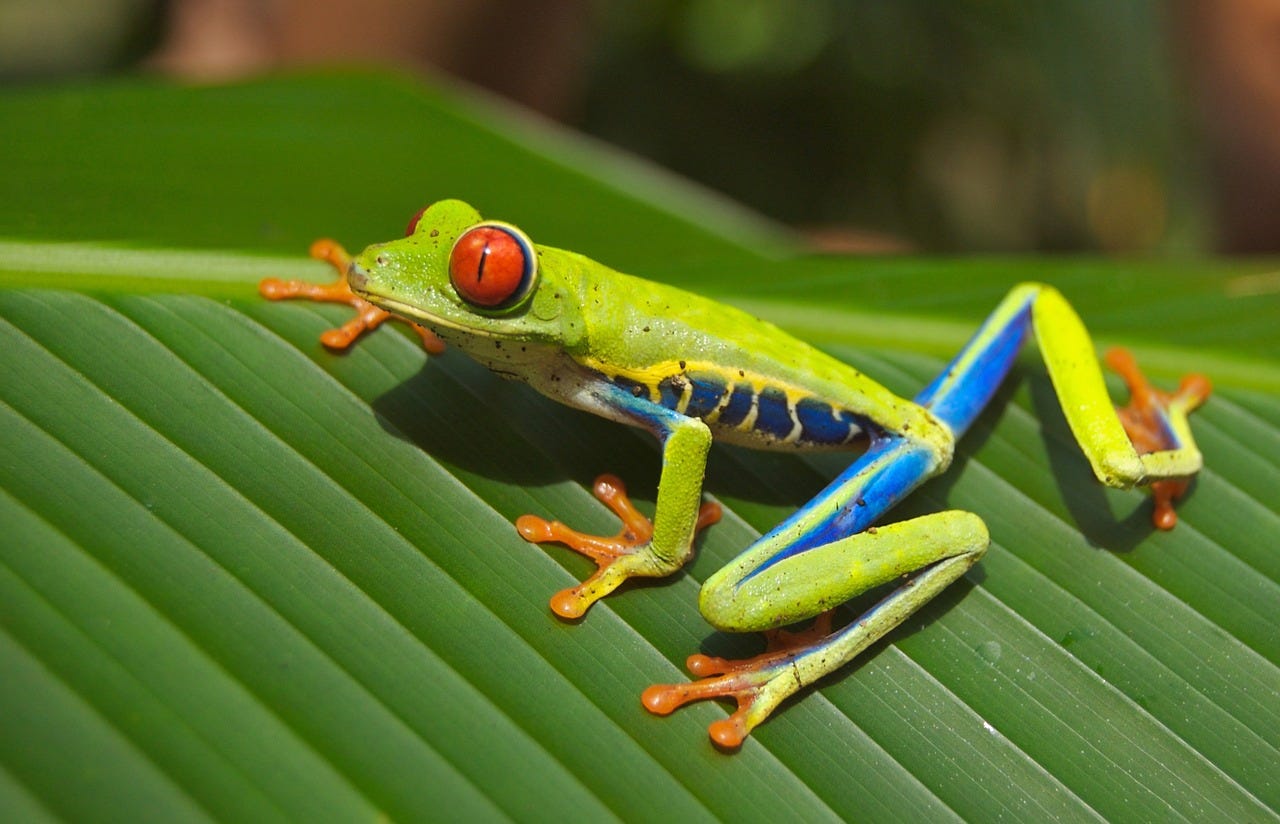Covid Drug Molnupiravir: Toxic Chemotherapy for the Genome?
Or a freefloating bioweapon that could destroy the entire ecosystem?
There’s a classic Alex Jones rant about chemicals in the water turning “the friggin’ frogs gay” that has been memed to death and even turned into a remix with 16 million YouTube views and counting.
It’s easy to laugh at Jones, but some of his predictions seem to come true, spawning the saying “Alex Jones is always right.”
The reality behind Alex’s famous …



